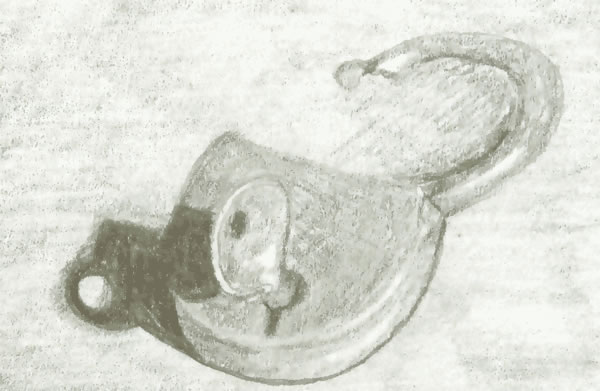The first of the relationships I will explore is based on the idea that the theoretical interaction between two things creates a relationship worthy of scrutiny.
The key is meaningless without the lock, and thus it is rather counterproductive to discuss the key independently; its importance is bestowed by an associated object (the lock). In my research I found much more scholarship on the lock rather than the key. This indicates to me that there is more importance placed on the mechanism of the lock, and that the key is considered a secondary object. It was evident from the start of my research that I could not isolate the key, but rather engage in the discourse of the lock and key; the two are simply inseparable. This brings up a central point in material culture studies, when two things are mutually conditioned, should they be considered one object? Or if not a physical object, at least in theoretical terms? While a lock and key are physically independent objects, they cannot serve their intended purpose without the other. There is considerable symbolism used in today’s world referring to a lock without a key or a lost key, both are intended to conjure up forlorn images of a lost purpose or triviality.

Back to The Key main page
Posted at Dec 21/2008 01:59PM:
chris witmore: Hi Tiana, just a small conceptual point. I would not say that the key is "meaningless" without the lock. Certainly, it is a key by virtue of this extremely important relation, but as we emphasized in class, it can become something else outside of this relationship. As you pointed out of the key to the city, there is no longer a "lock." And yet you show how this particular key is saturated with meaning.
